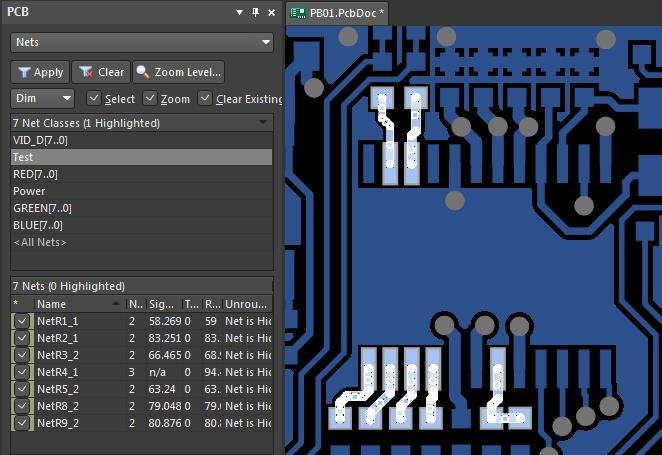
Since I was already designing my hardware using Altium's board-level system design offering, and I had heard the Altium Designer system also supported designing an embedded system in an FPGA without requiring a PhD in HDL coding and verification, I visited their website to explore this option some more.ĭigging deeper into Altium Designer's FPGA capabilities I discovered that Altium's new FPGA development board, called NanoBoard 2, actually included a touchscreen LCD and a CAN interface on board. The only hitch was that I had no experience designing an embedded system inside an FPGA. By embedding the processor, touchscreen LCD controller and the CAN communications system inside an FPGA, I could keep the bulk of the design in a mutable or soft form, maximizing the flexibility and lifespan of the physical PCB while still keeping the development timeline tight. These requirements, along with the allowed production costing models, suggested to me that I should consider using an FPGA-based embedded system for the controller. I could then polish and finalize the controller in parallel with their development. They had one last requirement - like most of my clients, they needed the controller yesterday! They wanted a working prototype within two months for the blood processing machine development team to keep them on track. The challenge was that they wanted it to support a range of blood processing machines that they had, and for the design to be flexible enough so it would only require a firmware update to cater for new technology they had in their research pipeline. The controller module did not require a lot - a simple keypad and a touchscreen LCD for I/O, a reasonable processor for operator instructions and machine-response processing, and a CAN based comms interface was all the specification called for.

One-Stop Electronic Product Design EnvironmentĪ medical research firm recently hired me to design a controller module for a blood processing machine. This article presents a discussion of how this process might unfold.

It is only by utilizing the most appropriate technology in their designs can they remain competitive and contribute to the success of their company.Īltium Designer presents the hardware engineer, the embedded software developer, and the experienced FPGA engineer a genuine opportunity to perform embedded system design in an FPGA, moving it from an inaccessible dream to an achievable reality.

On top of this, the engineer must remain up-to-date with technology. From the idea on the back of the envelope through to the working board ready to drop into its housing, there are many tasks to complete and many opportunities to blow the project timeline and budget.


 0 kommentar(er)
0 kommentar(er)
